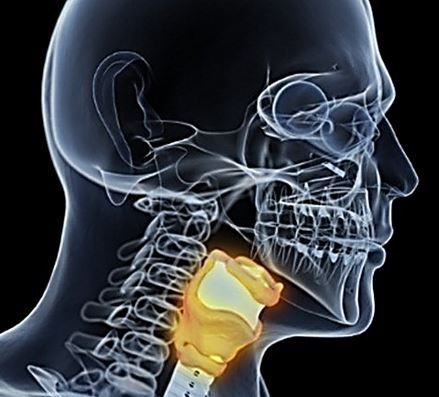Overtreating Hypothyroid Could Raises Risk of Atrial Fibrillation
A new study found that elevated free thyroxine within the upper range of normal may increase risk of AF; is may be time to redefine what is "safe" when treating hypothyroidism.

Overtreating patients for hypothyroidism could raise their risk of atrial fibrillation (AF), and by association, their risk of stroke, according to a new study.
The results show elevated levels of the thyroid hormone free thyroxine even within the upper levels of normal reference ranges were associated with an increased risk of AF, which suggests the possible need to redefine the safest reference ranges in hypothyroidism treatment.
“We know patients with hypothyroidism have a higher risk of atrial fibrillation, but we didn’t consider increased risk within what’s considered the normal range of thyroid hormones. These findings show we might want to re-consider what we call normal,” said lead author Jeffrey L. Anderson, MD, Distinguished Clinical and Research Physician at the Intermountain Medical Center Heart Institute.
Anderson presented the data at the American Heart Association Scientific Session conference in Chicago.
The researchers surveyed the electronic medical records of 174 914 patients, mean age 63.8 years, treated at Intermountain Healthcare facilities whose free thyroxine levels were recorded and who were not on thyroid replacement medication. They took what is considered a normal range of free thyroxine levels, divided it into four quartiles, and looked at those patients’ records for a current or future diagnosis of AF.
After a mean follow-up of 6.3 years, they found 7.4% of the patients had free thyroxine levels below the normal reference range, 88.4% had levels in the normal range, and 4.2% had levels above the normal range. After adjustment, the relative risk of prevalent AF was 40% higher for patients in the highest quartile of free thyroxine levels vs patients in the lowest quartile, which translated into a 16% increase in newly developing AF during follow up.
After adjustment, the relative risk of prevalent AF was 40% higher for patients in the highest quartile of free thyroxine levels vs patients in the lowest quartile, which translated into a 16% increase in newly developing AF during follow up.
This suggests, said Anderson, that the optimal healthy range of free thyroxine should be reconsidered and redefined. “Thyroid hormones are associated with losing weight and having more energy, which may lead to people being treated at the high end of the normal range,” he said. “Are we harming people by putting them at a higher risk of atrial fibrillation, and therefore stroke?”
The study also found that free thyroxine should be measured, along with thyroid-stimulating hormone, which is more commonly tested for in patients with irregular thyroid hormone levels, but was not helpful within the normal range in refining risk.
The link between free thyroxine levels and AF was recently recognized in the Rotterdam Study, a population-based cohort study first started in 1990. The new study replicates the results in a much larger population and establishes the link between free thyroxine levels and AF among patients treated in the United States.
“The next step for researchers is to conduct a randomized trial to see if targeting a lower versus a higher upper range of free thyroxine in patients receiving thyroid hormone replacement therapy leads to a lower risk of atrial fibrillation and stroke along with other possible heart-related issues, like atherosclerosis,” said Anderson.
Source: Anderson JL, et al. Poster Sa1208. Presented at: American Heart Association Scientific Sessions; Nov. 10-12, 2018; Chicago.